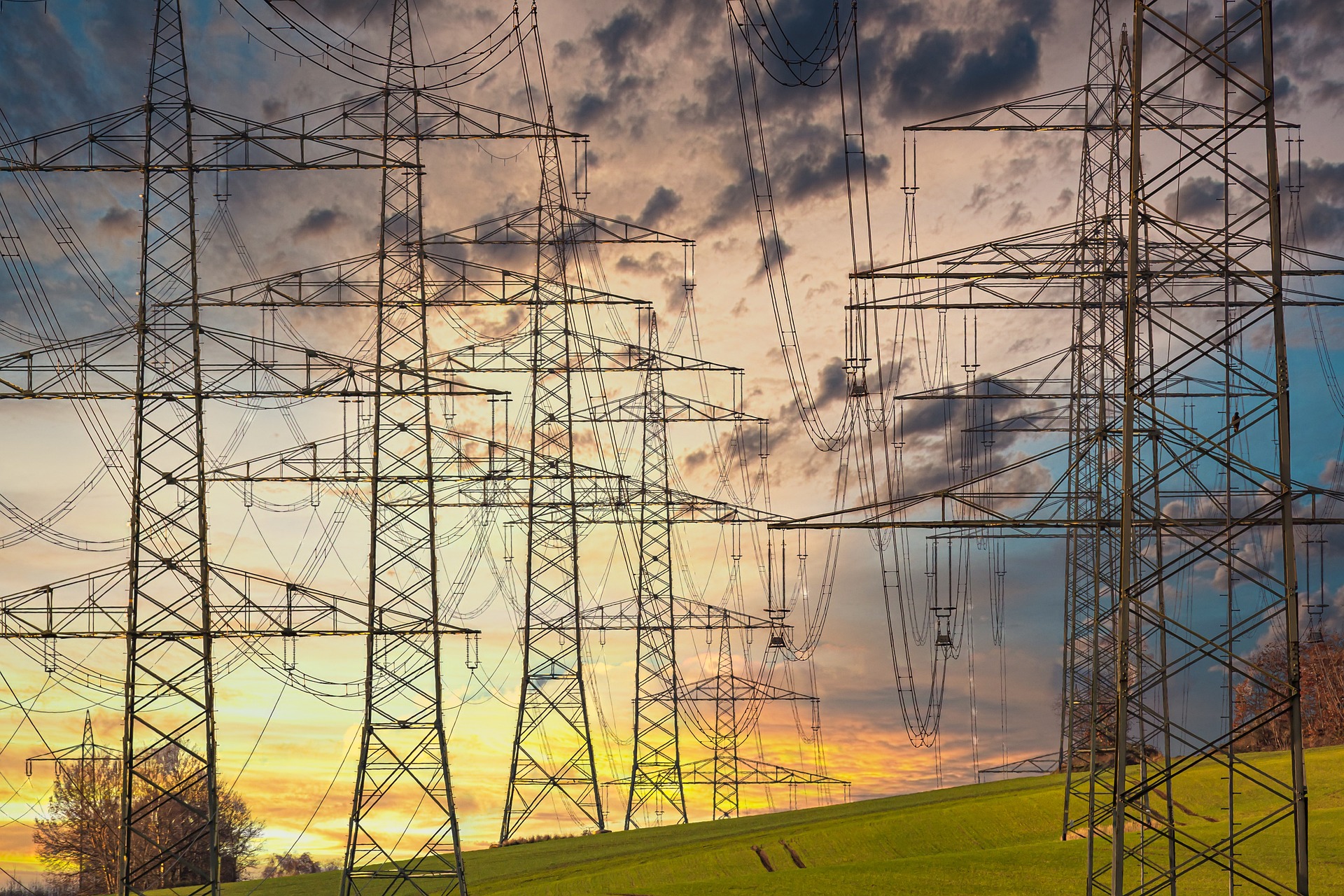What is industrial electrification?
Industrial electrification means the targeted shift from fossil energy sources such as natural gas, oil or coal to electricity from renewable sources, in order to make industrial processes like process heat generation, drives or steam production more climate-friendly. The aim is to significantly reduce CO₂ emissions, improve energy efficiency and at the same time benefit economically from developments such as negative electricity prices or flexible grid charges.
Industrial electrification is a key element of the energy transition. It enables companies to meet regulatory decarbonisation requirements and position themselves for the future – particularly in energy-intensive sectors such as steel, chemicals, paper, food production and mechanical engineering.
What is an example of industrial electrification?
A practical example of industrial electrification is replacing a gas-fired steam boiler with an electric steam generator in a food processing plant. In the production of canned goods or dairy products, steam is needed for heating, pasteurising or cleaning. Whereas conventional systems burn natural gas to produce heat, an electric steam generator uses electricity – ideally from renewable sources. This not only reduces CO₂ emissions but also enables more precise control and more efficient use of energy.
Further examples of industrial electrification include:
- Induction heating instead of gas-fired furnaces, e.g. in metal processing
- Electric motors instead of hydraulic or pneumatic drives
- Power-to-heat systems, that convert surplus renewable electricity into process heat
Why is industrial electrification so important?
According to the UN Environment Programme's Emissions Gap Report 2024, industry remains one of the largest energy consumers and CO₂ emitters worldwide. Many industrial processes – particularly those requiring high-temperature heat – still rely heavily on fossil fuels. Electrifying industrial processes is therefore one of the most effective ways to reduce emissions in the production sector.
By adopting electric technologies, companies can:
- Reduce their carbon footprint
- Minimise regulatory risks
- Become less dependent on volatile gas prices
- Strengthen operational resilience
What are the benefits of electrification for the environment and companies?
Electrification produces no direct emissions during operation – provided the electricity comes from renewable sources. It lowers local air pollutants (e.g. particulate matter or nitrogen oxides), reduces noise emissions and improves energy efficiency for companies, since electric systems often operate more precisely and with fewer losses than fossil alternatives.
Combined with smart energy management, companies can also use electricity more flexibly, save energy costs and contribute to grid stability – especially when combined with dynamic grid charges, which create time-variable incentives for grid-friendly behaviour.
What challenges exist in industrial electrification?
Despite its advantages, industrial electrification also presents some challenges:
- Grid expansion is required, especially for high-temperature applications.
- Investment costs for retrofits and new infrastructure can be substantial.
- Approval procedures and funding conditions are often complex and inconsistent.
- Skilled labour shortages make planning and implementation more difficult.
Another key issue is security of supply: industrial facilities need a reliable and stable electricity supply, particularly for critical processes requiring precise load control or temperature regulation.
Nevertheless, in the medium to long term, the opportunities outweigh the challenges – especially for companies that invest early and strategically transition their production processes to electricity.
Conclusion: Industrial electrification as an investment in the future
Electrification in industry is a decisive lever for decarbonising energy-intensive processes. It enables companies not only to achieve climate goals but also to benefit economically and technologically from the transformation. Those who act now reduce risks, strengthen competitiveness – and play an active role in shaping the energy future.
More knowledge from our blog

Energy management system comparison – The best EnMS
This article shows which energy management systems genuinely move companies forward — from classic monitoring tools to intelligent auto-pilot solutions. We compare five leading EnMS providers and explain which functions are essential for transparency, efficiency and active optimisation. The conclusion: modern systems that automatically control energy flows deliver the greatest benefit.

The winners and losers of negative electricity prices
The recently adopted solar package in Germany has brought negative electricity prices back into the public eye. We explain how they arise, what problems are associated with them and how companies benefit from negative electricity prices.

Effects of the technical error on the spot market
The day before last Wednesday, there were horrendous electricity prices on the electricity exchange due to a technical error. This was expensive for some industrial companies — our customers were protected by intelligent energy management.


